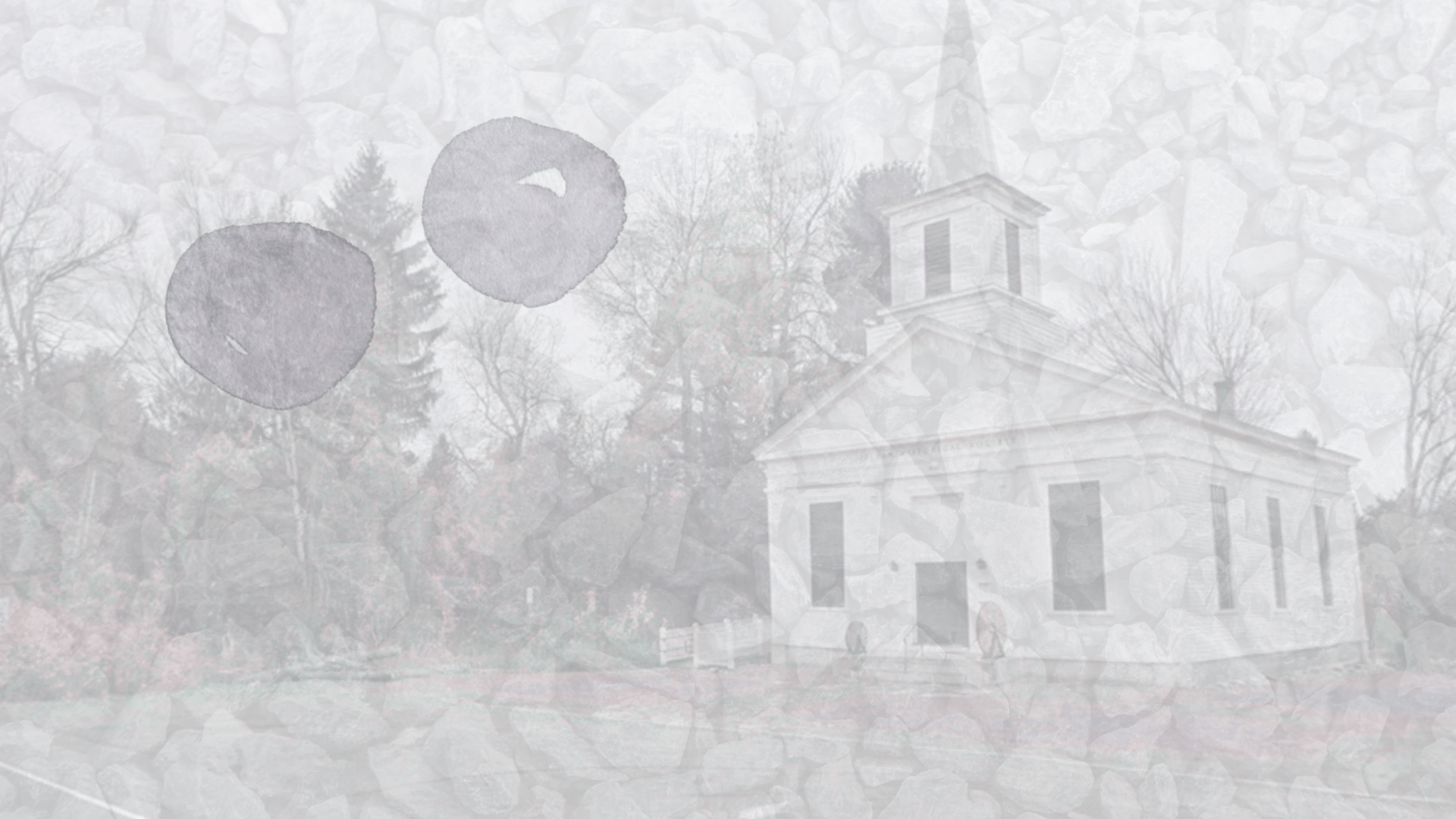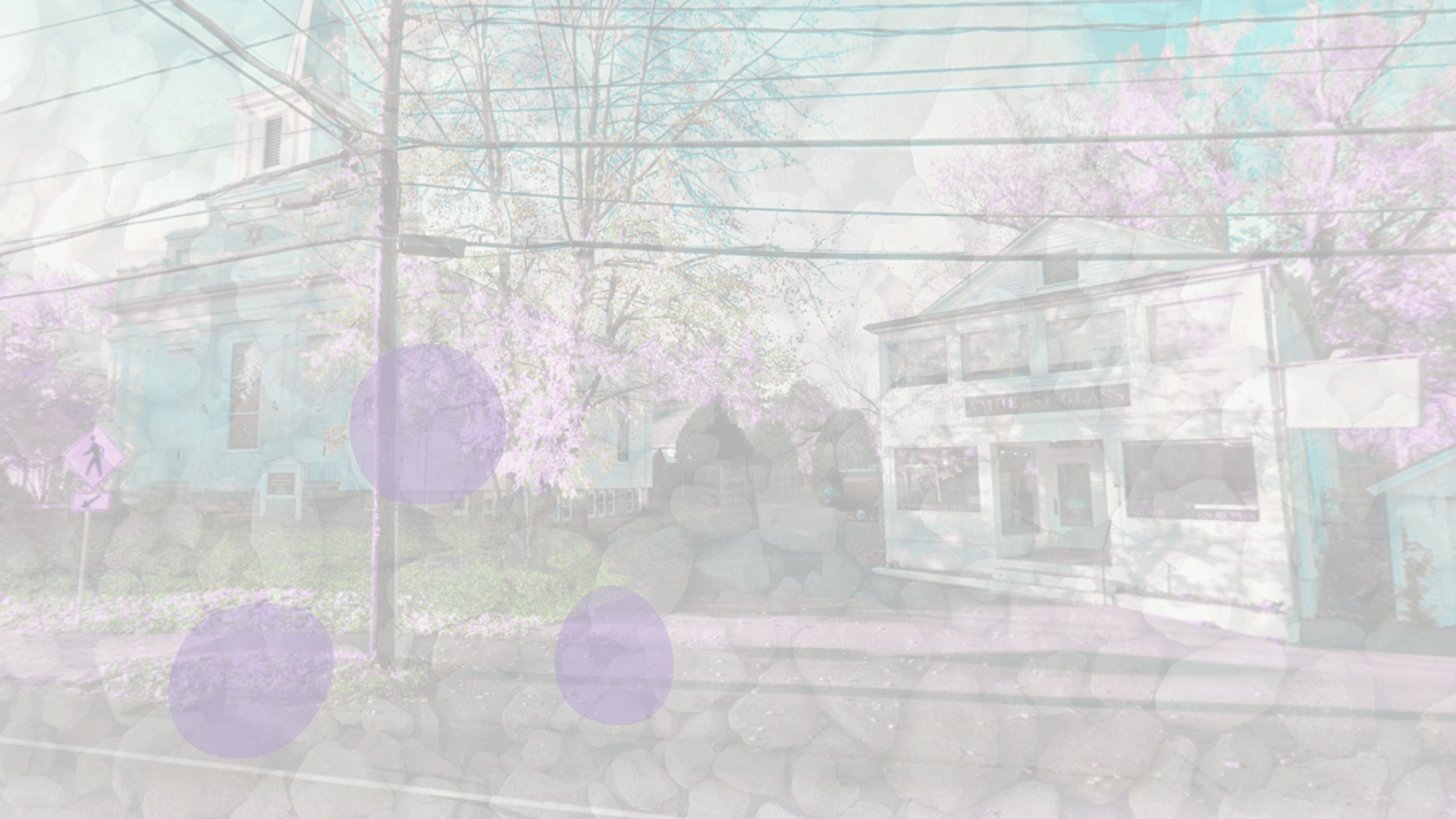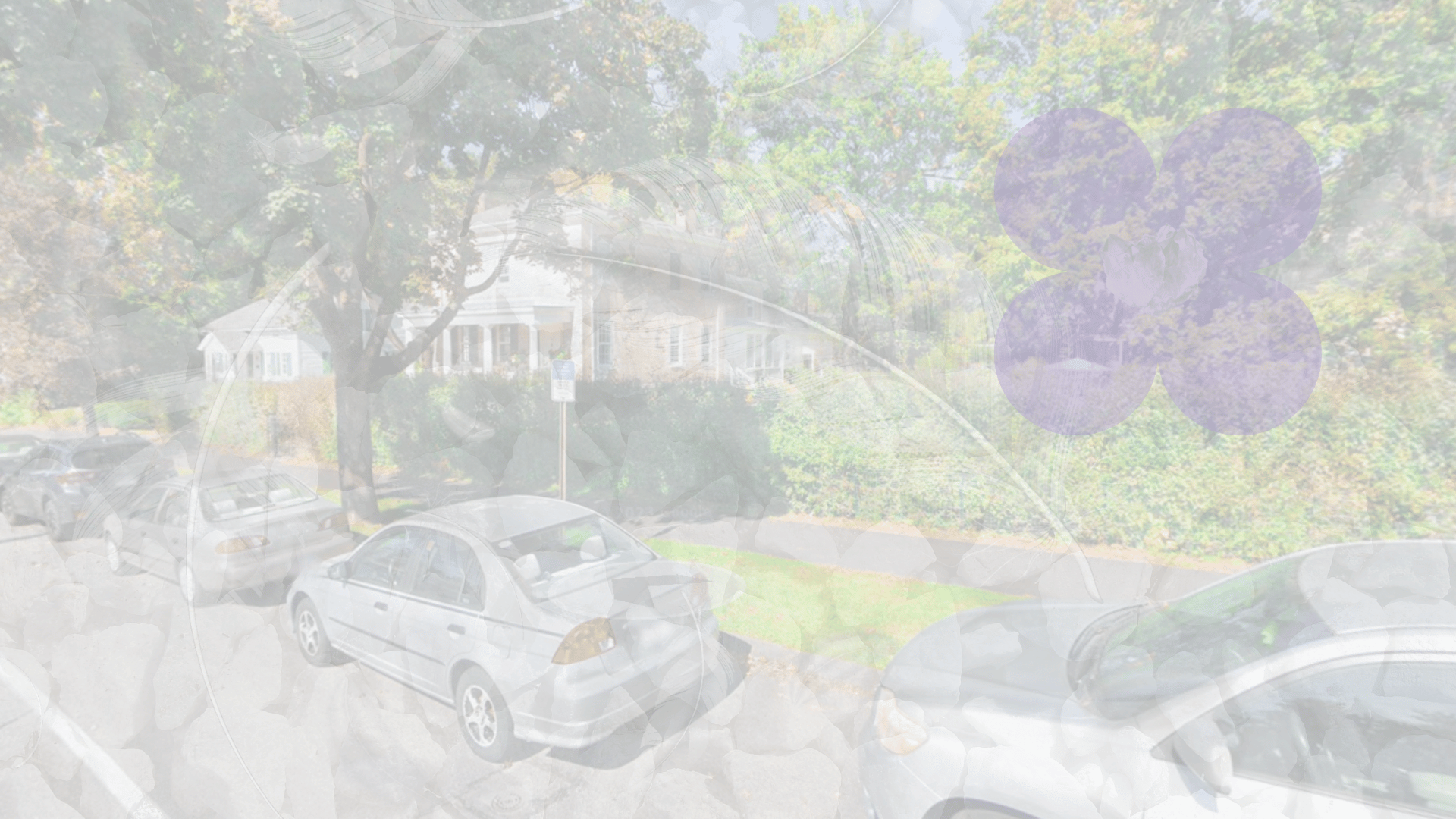Panic Diaries

I had a pretty bad panic attack on Friday, June 27th. I'm doing okay now. This isn't my first experience like this, but my first in a while. What follows is a journey through it. This is creative writing, working with the potentially triggering themes of mental health distress, panic, death, doom, and shame.
Long, too long America
By Walt Whitman, 1891
Traveling roads all even and peaceful you learn'd from joys and prosperity only,
But now, ah now, to learn from crises of anguish, advancing, grappling with direst fate and recoiling not,
And now to conceive and show to the world what your children en-masse really are,
(For who except myself has yet conceiv'd what your children en-masse really are?)
The term "panic attack" is a relatively recent addition to medical lexicon, but the experience it describes: sudden, overwhelming fear without clear external cause, has been around for a while.
~5th century BCE – Panic as Divine Fear
- Origin of the Term "Panic": The term comes from the Greek god Pan, a rustic deity associated with wilderness, flocks, and the flute. Ancient writers claimed that Pan's sudden shouts could induce panikos deimos (πανικός δείμος), or "panic terror," in herds and soldiers. The idea that fear could arise suddenly, without reason, from the environment itself is named here.
1st–4th century CE – Early Medical Theories
- Galenic Humoralism: Roman physician Galen attributes mental disturbances, including anxiety-like states, to imbalances in the four humors (blood, phlegm, black bile, yellow bile). Symptoms resembling panic; racing heart, faintness, and dread, were linked to excess black bile and treated accordingly.
Middle Ages – Demonic and Spiritual Explanations
- Possession and Obsession (ca. 1200–1500): In Christian Europe, sudden fits of fear, trembling, or irrational behavior were often attributed to demonic interference, especially in women and marginalized individuals. Distinctions were drawn between “possession” (internal) and “obsession” (external attack).
- Anchorites and Ascetics: Religious hermits sometimes described episodes of crushing terror or spiritual emptiness during solitude, interpreted as trials of the soul or divine testing, rather than symptoms of illness.
17th–18th century – The Age of “Nervous Disorders”
- "The Vapors" and "Fits" (1700s): Among European elites, especially women, unexplained episodes of faintness, anxiety, or “hysteria” were labeled as the vapors – a vaguely defined nervous ailment often blamed on uterine movement, emotional sensitivity, or inherited weakness.
- Melancholy and Collapse: Sudden fear or collapse was sometimes understood as a melancholic episode, associated with deep sensitivity and intellectual refinement, especially in literary or aristocratic men.
Civil War Era – “Soldier’s Heart” (1860s)
- Da Costa’s Syndrome: During the American Civil War, military physicians documented a syndrome characterized by chest pain, palpitations, breathlessness, and dread, without evidence of cardiac disease. It was known as “irritable heart” or Da Costa’s syndrome, and is now seen as an early description of panic attacks in a military context. Also often viewed as an early recognition of what is now known as postural tachycardia syndrome (POTS).
Late 19th century – Freud and the Emergence of Anxiety Neurosis
- Freud’s “Anxiety Neurosis” (1895): Freud proposed a new diagnosis, Anxiety Neurosis, distinct from neurasthenia: a condition marked by intermittent episodes of intense fear, heart palpitations, shortness of breath, and dread. He hypothesized an unconscious sexual etiology and did not use the term “panic attack.”
Early 20th century – Nervous Breakdown, and Psychoanalysis
- Diffuse Nervous Illness (1900–1950): “Nervous breakdown,” “hysteria,” and “neurasthenia” remained dominant labels for unexplained anxiety and fear. The idea of “nerves” as a culturally sanctioned form of upper-class fragility persisted well into the postwar era.
1960s–1970s – Biological Psychiatry and Pharmacological Clarity
- Donald Klein’s Observations (1960s): Psychiatrist Donald Klein noticed that patients with recurring “spontaneous fear attacks” responded to imipramine (a tricyclic antidepressant), even when they didn’t respond to treatments for generalized anxiety. This led to the first modern differentiation of panic disorder as a distinct diagnostic category. Though used informally earlier, the term “panic attack” enters formal psychiatric usage in this era, and is increasingly used in both clinical and popular settings.
- Benzodiazepines (1960s–present): Fast-acting tranquilizers like diazepam (Valium) and alprazolam (Xanax) have become widely used to treat acute panic attacks since the 1960s. They work by enhancing GABA, the brain’s primary calming neurotransmitter, reducing fear and physical symptoms of panic within minutes. Long-term use is not recommended due to tolerance, dependence, and withdrawal risks.
1980 – Panic Disorder Added to DSM-III
- DSM-III Milestone: The DSM-III includes Panic Disorder as a standalone diagnosis for the first time. Defined by sudden, recurrent attacks of intense fear, accompanied by physical symptoms (e.g., racing heart, dizziness, shortness of breath) and anticipatory anxiety.
- This marked a shift from psychoanalytic models to more neurochemical and behavioral frameworks for understanding fear and anxiety.
1990s–2000s – Cognitive Models and Public Awareness
- Cognitive Behavioral Therapy (CBT): CBT emerges as a leading treatment, based on the theory that panic attacks stem from misinterpreting benign bodily sensations as catastrophic. For example: “My heart is racing → I must be dying.”
- SSRIs and Public Understanding: With the rise of Prozac and other selective serotonin reuptake inhibitors (SSRIs), panic disorder is increasingly seen as a neurochemical imbalance, treatable with long-term medication.
- Pop Culture Influence: Panic attacks begin to appear in film, TV, and literature—often inaccurately, but increasingly recognized as real mental health events rather than personality failings.
2010s–Present – Trauma, Interdisciplinarity, and Cultural Shifts
- Trauma Lens Reframing: Books like The Body Keeps the Score (Bessel van der Kolk, 2014) popularize the idea that panic may be rooted in unprocessed trauma, especially childhood neglect or PTSD. Panic is seen as the body’s attempt to resolve danger that has never fully left the system.
- Spiritual Emergency and Cultural Psychiatry: Interdisciplinary scholars argue for alternative framings—panic as existential rupture, spiritual crisis, or culture-bound syndrome, creating tension between medicalization and meaning-making.
See Also:

[SCENE]
Gravel lot, Pelham Historical Society. An Old Building, old places are supposed to have them. Flag flaps in cool wind. Car parked, driver’s door still open. Alex is on hands and knees, vomiting into the grass at the edge of the lot. A motion light buzzes on. No one is there.
ALEX (barely audible)
I'm fine.
Parked the car. Walked here.
Didn’t crash.
BODY (emergency broadcast tone)
NEVERTHELESS, MY FRIEND, YOUR SYSTEM IS FAILING.
CORE TEMPERATURE: WRONG.
VISION: BAD.
RECOMMEND FULL SUPINE POSITION ON HISTORICAL PROPERTY.
REPEAT: THIS IS NOT A DRILL.
PANIC ATTACK
Good evening you dumb piece of shit.
The button has been pushed.
The decision has been made.
You are not safe.
No further evidence required.
BODY
BALANCE OFFLINE.
PURGING INVADERS.
PANIC ATTACK
You’re getting old.
No kids. No plans. You barely even try anymore.
You think “having interesting thoughts” is a life?
SWEET, SWEET DEATH (soft, familiar)
Let go, if you like.
You’ve fought a long time.
This place is quiet. No shame in closing your eyes here.
ALEX (gagging, coughing)
I—I was fine today.
I felt okay.
It just happened.
BODY
HEART RATE SPIKED.
PUPILS GONE.
TEMPORARY? BLINDNESS IN THREE... TWO...
PANIC ATTACK
Your mind is a house full of unfinished things.
The stories your friends will tell all begin with,
"We were going to ...".
SWEET, SWEET DEATH
You’re just tired.
You tried to build a life on meaning, and this is how that tends to go.
PANIC ATTACK
They’ll say you were interesting
and that you “needed a lot.”
ALEX (face pressed to the earth)
This is so dumb.
It’s just fear.
Just chemicals.
BODY
CORRECT.
CHEMICALS ARE IN CONTROL.
STAY LOW.
STAY AWARE.
SYSTEM OPERATING ON BACKUP INSTINCTS.
AUTONOMY COMPROMISED.
PANIC ATTACK (shrill)
Andy's going to have to call your family.
Back home they’ll say: He was promising.
They’ll say: He tried hard to be good.
SWEET, SWEET DEATH (smiling, almost proud)
And they won’t be wrong.
But you don’t have to leave tonight.
PANIC ATTACK
Go ahead, stay fetal.
Count to eight again.
That will help.
[Scene pauses. Light flickers. In the grass, Alex breathes shallowly.]

Andy Between Me and the Road
Third stop. No surprise.
Window store, singing temple. I knelt again.
All spilled. Dignity done run off.
Andy—a wrangler for sure—
stable hands, steadfast, kindly calm,
stood guard like a tree between
the lookers,
who might see this scene so low.
He turned his face away for me,
and in that shadow, I surrendered.
I was wild horses.
Didn’t do the thing.
Did the other thing.
Waited and was there
when waiting’s all there was.
Rode, walked, drove, sat—
held, floated with me to the finish line.
I’ll see you tomorrow.

[SCENE 2]
Roadside Amherst.
Alex is on all fours near a tree. Face is drained. Mouth tastes like metal. Hands tingling. World blurry, too bright at the edges. Sounds sharp, coming from inside skull.
BODY (exhausted, clipped)
YOU ARE BREATHING.
YOUR HEART IS STILL BEATING.
SYSTEM RESOURCES LOW. VISION: TUNNELS.
THIS IS A LOCK DOWN. REPEAT: HARD LOCK.
WAITING ON OUTSIDE SUPPORT.
PANIC ATTACK (now hoarse)
Maybe this is a stroke.
Or a seizure. Or permanent.
What if you just broke something in your brain?
What if the tunnel never opens again?
BODY (confused)
SYSTEM RESTART INITIATED.
FAILURE.
TRYING AGAIN.
FAILURE.
MUSCLE GROUP: FINGERS.
STATUS: UNDETECTED.
ALEX (murmurs)
I can’t—I can’t stop.
—can’t feel my hands.
[Crunching gravel. A figure approaches. No sudden movement, no judgment in her face. She crouches nearby—close, but not too close. Alex does not look up at her even once.]
SARA (soft, clear)
Hi. I’m Sara. I am a psychologist, I'm walking with my daughter and my mother.
I see that you're having a panic attack.
The EMTs are on their way, but I wanted to let you know that I am here, and you are completely safe.
PANIC ATTACK
She’s using her calm voice.
SARA
What you’re feeling—
It’s hell. I know.
It is hell. And it’s real. But it’s not forever.
PANIC ATTACK
Okay thanks obama. She doesn’t know you.
She hasn’t felt what you feel.
This is you. This is what you are now.
SARA (gently, firmly)
You can’t be calm and panicking at the same time.
Your body only has room for one state.
So let’s try to pick the other one—just for a second.
BODY
there's a kid here?
PANIC ATTACK
Everyone has a story like this about someone else.
You’re the someone else.
ALEX (barely above a whisper)
I can’t think.
SARA
You don’t have to think.
Just breathe.
Breathe slow.
Hold onto that breath for a moment before you give it back to the air.
It’s still your breath.
You’re still here.
BODY (softer now, quieter)
INTAKE DETECTED.
EXHALE REGISTERED.
NOREPINEPHRINE SHIFT.
CORTISOL STABILI- .
PANIC ATTACK (victorious)
Psych. Guess again, Captain Shithead.
You think the common magics of breath and psychology can penetrate my aura?
30 more minutes before the pills kick in. I can smell them.
Until then, you're mine. BODY, crank up the juice.
BODY (resurgent)
I AM BROKEN ELECTRIC MEAT.
I AM YOUR FLEXING EVERYTHING.
PANIC ATTACK (howling)
You want primal?
Let’s go pre-verbal.
You’re an animal in a trap.
SARA
You’re doing exactly what you need to be doing.
Just this.
There are moments before the moment, and the moment right before the moment is one of its own. The body makes sense until it makes something else. The air is either missing or it doesn’t work. Stillness stirs. There is a rhythm without rhythm, a beat that misses itself. The hand knows it is a hand but forgets it is holding. Holding is a swell. Stillness that moves. It is time that presses. It is sound from inside. It is the shape of thought before thinking.
Senses don’t make. The edges fray before the cloth a name is not a thing. A thing is not a shape. A shape is not kept in the eye. The eye can’t explain.
Breath says: here. Then says: not here! Breath becomes counting. Counting becomes nothing to count. This is the turn. The turning turn. The no-turn turn. The cannons misfire. The machine continues to shudder.
Do not ask what started. Ask what’s doubled. The feeling is all hallways and windows and you’ve never had hands or swivel. Its folding again, more edges to fray on my knees. Light feels sharp on the inside. Hot and loud. Not sure if louder, hotter – hands or knees or water. The wires I have wrapped around me, wrap around me, through me, in me; and they’re on. Everything matters, all at once, and without order. A count begins. The count loops. The loops don’t count.
There’s someone watching from one inch behind my seeing. Echo or shadow or something – as questions. Why here. Why now. Who this body. Who this shape all folded.

Roadside, Amherst
They were walking in the neighborhood,
a girl, her mother, and hers.
Everything feels real sort of
summer evening.
I was at the edge of the grass
on my hands and knees.
Quiet and weeping
through teeth.
behind me, glasses somewhere.
Mouth full of water and grass.
A man on the ground,
and the voice of her mother
saying: this is a person.
He is not alone with us.
I only know she was there
Because you told me, I could not
see a thing. I was a river being carved.
& there’s a child watching
what her mother’s gonna do
so well and kindly
I was not monstrous. I hope
just badly shaped. I hope
I’m remembered as helped.
Dream Stem: Amherst Roadside
Woodfaller’s a mess again.
ddrunk on the gravel. I saw
nothing, I heard it all— choke & spit.
Was I there?
The women were pilgrims & I was
on my knees.
"Who cries like that?" asked then
I answered: you did, little man.
The sun probably setting.
Rig idling elsewhere.
Two mothers. Three daughters. One dirtman
with a gobful of churn.
& Someone, sara? saw me,
a shake in the grass and said what she could
in a sweet somewhere voice,
——You are in hell and
everything is okay
Sirens flipping over down the block
Help is inevitable now
——You cannot be panic
and calm at once.
Woodfaller finds a calm star
and steers toward it. Then, I
could be in my panic self and they could be control.
If you're a helper
If someone is having a panic attack, your presence can make a difference. Panic is contagious, and your composure can be an anchor. Stay calm, grounded, and focused on simple, physical things. Start with their breath: they need to breathe slower than you think. Calm, low belly breaths. Don’t breathe with them; instead, count for them—something like “in… two… three… hold… out… two… three…” Soft, steady, and rhythmic.
Minimize stimulation. Turn off music, dim the lights, step away from crowds. If you’re indoors, open a window. If you’re outside, help them to a quiet patch of grass or shade. Fresh air is almost always helpful.
Their temperature may swing. They might suddenly feel freezing or overheated. Have something ready—a blanket, a water bottle, a fan, a breeze.
Don’t quiz them or demand full answers; they might not be able to respond clearly. But keep talking. Calm, clear, simple language helps orient the mind. Try pointing out things around you: “I see a pine tree. I can smell the grass. I hear a bird overhead.” Use your senses to guide theirs back into the world. Many clinicians recommend the 5-4-3-2-1 method: name 5 things you can see, 4 you can touch, 3 you can hear, 2 you can smell, 1 you can taste.
Tell them this is real. The sensations are real. And also: it will end. They are not broken. They are not dying. The panic is loud, but it will pass. Right now, the only thing to do is breathe. Just that. Breathe, and be with them until the ground returns. When the event passes, they may feel exhausted, embarrassed, or confused.

© 2025 Scott Holzman. All rights reserved. Please do not reproduce, repost, or use without permission.
